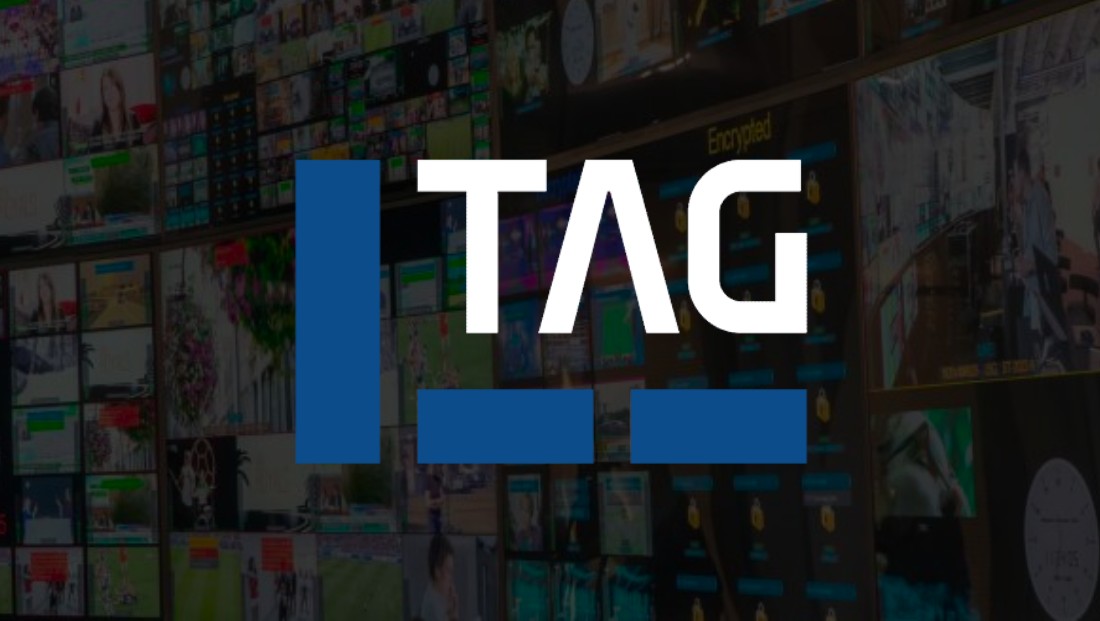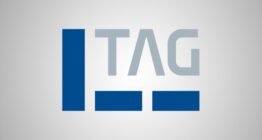TAG Video Systems’ Paul Briscoe on cloud monitoring and new workflows

Subscribe to NCS for the latest news, project case studies and product announcements in broadcast technology, creative design and engineering delivered to your inbox.
Many processes across broadcast are moving to the cloud, including quality control and monitoring.
We recently spoke with Paul Briscoe, TAG Video Systems’ chief architect, about monitoring in the cloud and the company’s new Media Control System which allows insight and analysis in real-time across multiple deployments.
Our conversation has been condensed and edited for clarity.
How many of those processes that were thrown together during the pandemic, have now become cemented in the workflows of your clients?
A lot of people want to move back to real studio facilities for lots of kinds of productions, but they’ve also at the same time realized that they can take those productions outside trivially, as compared to the idea of taking a production outside before.
You got to pay down the value of that studio over time. So you fill it with people all the time. If that studio goes away, you can still do an awful lot of programming.
Some of the stopgap technologies we saw at the very start, of course, are going away.
It’s an evolution of processes?
As more professional broadcasts pieces have fallen into place in the new world, we’re seeing remote integration. We’re seeing full cloud based live production, still growing.
Even in the midst of all this, NBC decided to take that big, long shot at the Olympics. They had 4K and they had HDR and they had all sorts of things going on and it all just plain worked. These unfortunate circumstances have really done a lot for the industry in terms of advancing things.
You have to see what sticks and what evolves and it’s okay for things to evolve. Out of old comes many new things every time.
How is TAG embracing the cloud for its Media Control System?
The TAG MCM platform that we’ve had for years is capable of receiving just about any signal format in the IP domain. All the way from full uncompressed UHD or HDR, all the way down to OTT.
The application runs on a compute instance of a given size, that could be a physical server, it could be a cloud equivalent or cloud server compute instance.
You can in a given instance accommodate some number of channels, depending on the formats and how much compute each one requires. If you need more, you spawn up a second instance of TAG, and the two talk to each other and they perform as one big instance.
When it got to 20 or 30 or 40 of these, all talking to each other, it becomes very chappy from a data management point of view. It becomes more and more difficult for us to build a meaningful system when we can’t scale up. So we’ve introduced the Media Control System.
It’s a platform that lives as an orchestrator above the MCMs and while it’s not a complete system orchestrator, it’s a complete orchestrator for the TAG devices that live below it.
What benefits does the MCS bring to the MCM?
The first thing we gain, is the users have a single point of interface for users. We have advanced user management on it, we have integration with IT based user management systems.
We provide integration through our API to other orchestration and automation and control systems. At the MCM level, we’ve introduced a data pipe called Redis and it provides a data pipe that can carry a large volume of data from the MCMs to the MCS.
It allows you to use that data with database tools and most popularly things like visualizations. So putting meters and charts and graphs on a screen.
Then the other thing you can do with that data is you can apply it to compute power. You can let AI and machine learning, look at your data over time because it’s in a big database. You can keep as much or as little data as you want. You can go back and do retrospective analysis, you can go in to verify contracts, SLAs were met.
We’ve now provided a single point of integration for a system of an arbitrary scale of TAG monitoring instances.
And this allows mixed deployments?
You now can deploy the TAG instances anywhere you want geographically. A mix of on the ground, on servers, in virtual machines, in a server farm, or in the cloud, any combination thereof, anywhere in the world.
The MCS control system will actually integrate them all into a single set of monitoring data, from which you can now build end-to-end paths. Literally from the studio, all the way to the OTT edge and at any scale and any geographic scope.
How does the MCS allow for rapid deployment or change of workflows?
If you’re monitoring a live event, for example, from the studio all the way through satellite and cable and OTT. We can deploy more monitoring points throughout that ecosystem, whatever it looks like, from a point of view of topology or geography. Then using MCS we can correlate all of those things into a program path.
We have penalty box modes, for example, where we’re monitoring quietly in the background. If something happens, we can take action from letting you know, whether an alert or an alarm. All the way up to throwing the picture into a penalty box screen somewhere.
You can now quickly deploy and understand that workflow, and monitor and visualize it really as it exists.
Subscribe to NCS for the latest news, project case studies and product announcements in broadcast technology, creative design and engineering delivered to your inbox.







tags
cloud, Cloud Broadcast Production, Monitoring, NAB Show 2022, NAB Show News, Paul Briscoe, Quality Control & Assurance, TAG Video Systems
categories
Broadcast Engineering, Heroes, IP Based Production, Monitoring, NAB Show, Playout & Video Transmission